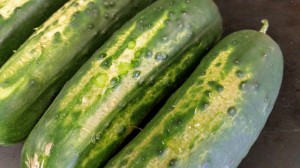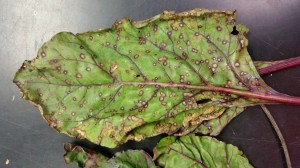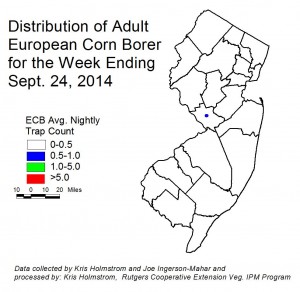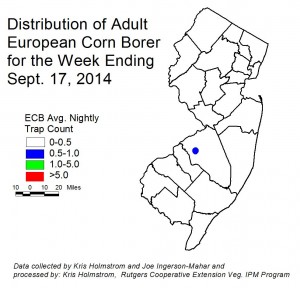The effects of a cold night a few weeks ago are showing up in some varieties of cucumber around New Jersey. Symptoms on maturing fruit appear as brownish-tan areas on the epidermis of fruit. The fruit will also show cracking as if it has a dry rot. The effects are physiological where areas of young developing fruit got chilled by the cold night time temperatures.

Cold injury on cucumber fruit. The initial damage was done a few weeks ago while the fruit was very young.




